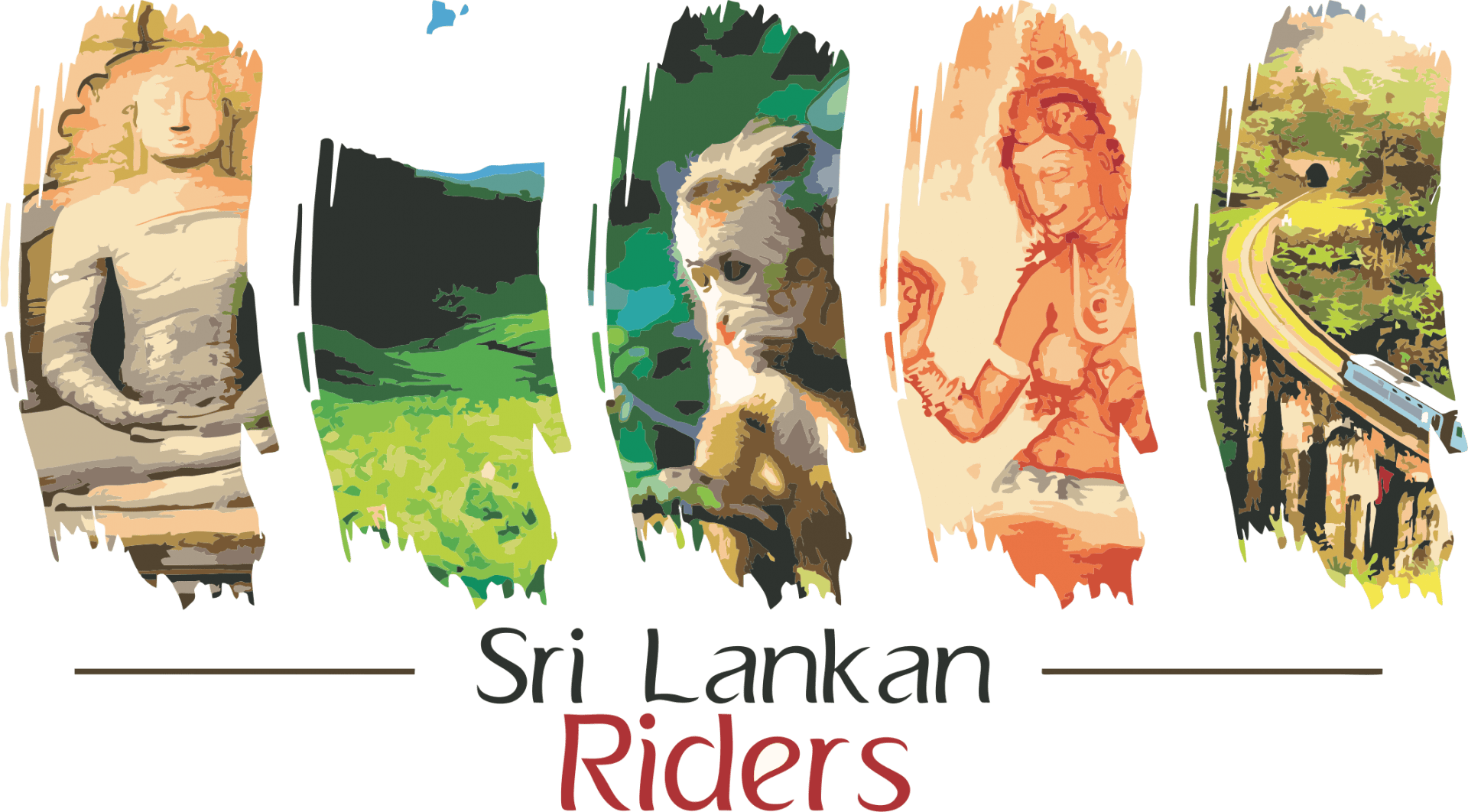Sigiriya Lion Rock Fortress
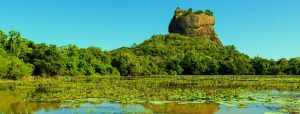
Lion Rock
Lord King Kasyapa chose the stone as the capital for his kingdom because of its key moment that battling off intruders. An entryway as a gigantic lion was fabricating and in this manner gave it the name Lion Rock. However, after the passing of the ruler, the capital and kingdom were relinquished by its kin and it filled in as a Buddhist monastery until the fourteenth century.
The frescoes are likely Sigiriya’s most prominent fascination. The entire face of the divider has utilized as a photo exhibition which right up ’til the present time have been saved. The artistic creations are said to have of the Anuradhapura period. However, the style of painting is exceptional to that of any found in Anuradhapura amid its brilliant years.
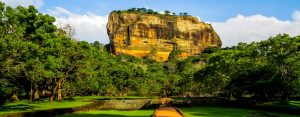
Then, he built his palace on the top of this rock and decorated its sides with colorful frescoes. So, the paintings would have covered most of the western face of the rock, an area 140 meters long and 40 meters high. In Fact, there are references in the graffiti to 500 ladies in these Painting. However, most have Losted forever. On a Small Plateau about halfway up the side of this rock, he built a gateway in the form of an enormous Lion.
The name of the place is deriving from this Structure ” Sinhagiri ” the lion rock. It was used as a Buddhist Monastery until the 14th Century. Then, this is today UNESCO world heritage site.
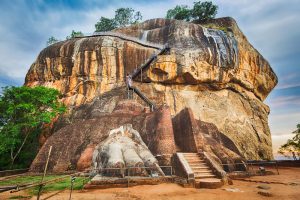
The Apsara paintings
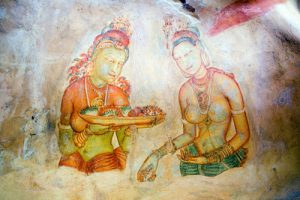
The Boulder Gardens and Terrace Gardens
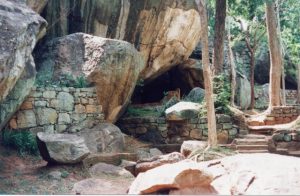
The Royal Gardens
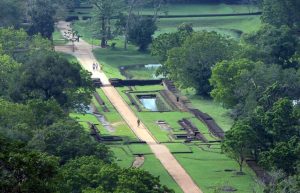
The Water Gardens
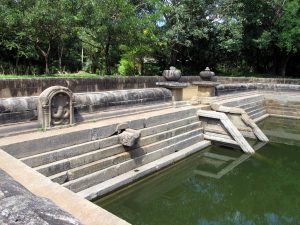
Audience Hall
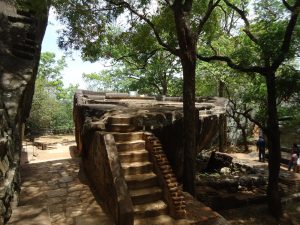
The Mirror Wall
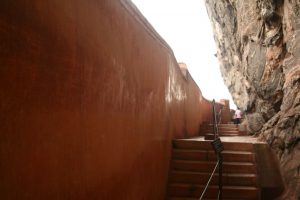
The Lion Staircase
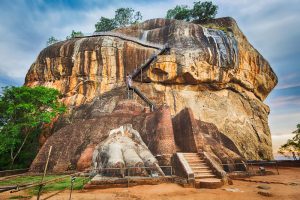
The Palace
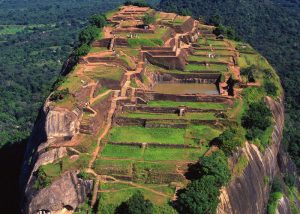
The lion rock Hinterland
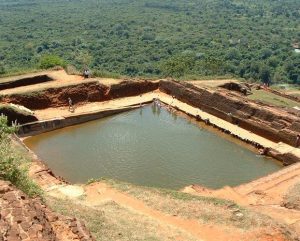
Snare Rock in lion rock
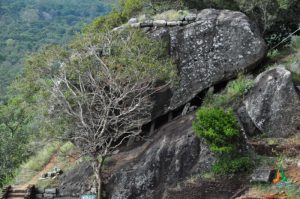
[maxbutton id=”8″ url=”http://srilankanriders.com/tailor-made” text=”Book Now” ]
